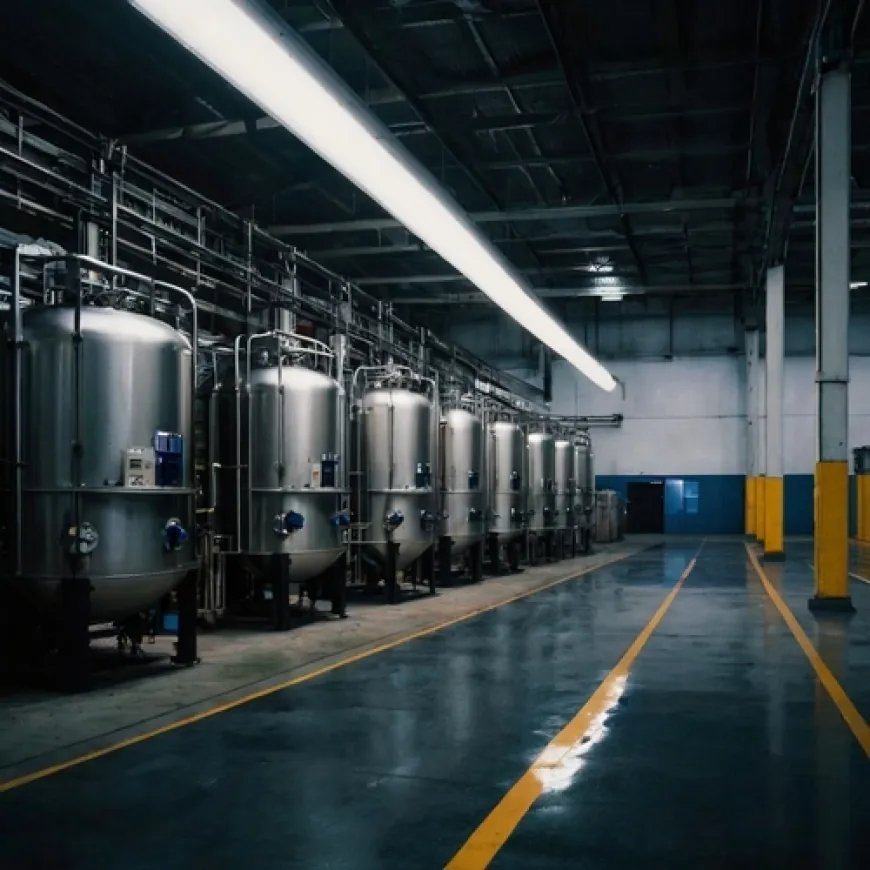Growth Potential in the Vietnam Cold Storage Market by 2031
The Vietnam cold storage market is set to expand significantly by 2031, driven by rising demand for frozen and fresh foods, evolving consumer preferences

The Vietnam cold storage market is set to expand significantly by 2031, driven by rising demand for frozen and fresh foods, evolving consumer preferences, and the growth of Vietnam’s export industries. As global and domestic companies tap into Vietnam's potential as a key player in food production, the need for reliable and efficient cold storage facilities has become paramount. This trend is being further amplified by changes in consumer behavior, with a shift towards convenient and sustainable food storage options.

Key Drivers of Growth
One of the primary growth factors for Vietnam’s cold storage sector is its booming food and beverage industry. Vietnam’s agricultural sector is experiencing a rapid increase in demand for perishable items, such as seafood, fruits, and vegetables, both domestically and internationally. With Vietnam’s export markets expanding, cold storage facilities provide the necessary infrastructure to maintain the quality of goods and ensure they meet international standards.
Furthermore, the rise of e-commerce in Vietnam has played a major role in this market’s growth. As more consumers order groceries online, there is an increasing need for efficient cold storage solutions to handle perishable goods, especially during last-mile delivery. This has resulted in numerous investments in logistics and warehousing infrastructure, including the construction and modernization of cold storage facilities.
Technological Advancements
Technology is reshaping the cold storage market in Vietnam, enabling more efficient, sustainable, and responsive operations. Advanced monitoring systems, such as IoT-enabled temperature controls, are helping businesses maintain optimal conditions for their products, reducing wastage and energy consumption. Automation is also making its way into cold storage warehouses, streamlining tasks and improving operational efficiency.
Additionally, sustainable energy solutions, such as solar-powered cooling systems, are gaining traction. Given the tropical climate of Vietnam, energy-efficient solutions are becoming increasingly important to maintain low operational costs. As the country embraces environmentally friendly practices, there is a growing emphasis on green technology, which also aligns with Vietnam’s commitment to reducing carbon emissions.
Government Support and Policies
The Vietnamese government’s supportive policies are also aiding the market's growth. Recent regulatory changes have eased restrictions on foreign investment in logistics and warehousing, paving the way for international cold storage providers to enter the market. Moreover, incentives for infrastructure development in rural areas are fostering growth, especially in regions where agricultural output is high.
Challenges and Future Outlook
Despite the promising growth, there are challenges the market must overcome. High energy costs, skilled labor shortages, and a lack of standardized practices across facilities are some issues facing the sector. However, with increasing investments and advancements in infrastructure, these challenges are likely to be addressed in the coming years.
Looking forward, the Vietnam cold storage market is expected to expand at a robust rate through 2031, thanks to rising consumer demand, governmental support, and technological advancements. As the market matures, Vietnam’s cold storage capacity will be critical in supporting the country’s economic and industrial growth, particularly in agriculture and food exports.












